River Monsters: Fishing the Congo River Safely and Responsibly
The Congo River, the world’s deepest river and Africa’s second-longest, flows through a landscape of astounding biodiversity and contains some of the most formidable freshwater creatures on the planet. For anglers seeking the ultimate challenge, the Congo represents both opportunity and danger in equal measure. Its powerful currents harbor fish species found nowhere else on Earth, including the notorious Goliath tigerfish with its razor-sharp teeth and the massive vundu catfish that can grow longer than a human is tall. However, fishing these waters demands not only courage but also responsibility and respect for both the environment and local communities. This article explores how to pursue Congo River monsters while prioritizing safety, conservation, and cultural sensitivity in one of the world’s most fascinating yet challenging fishing destinations.
Understanding the Congo River System
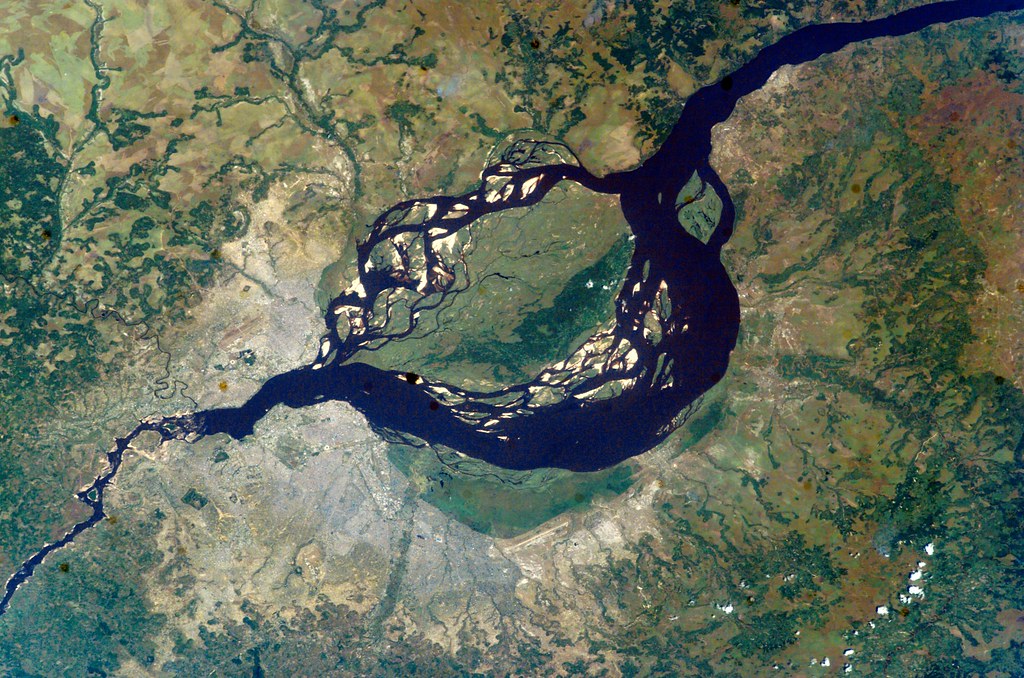
The Congo River stretches approximately 2,920 miles (4,700 kilometers) through Central Africa, draining a basin of nearly 1.5 million square miles. Its main channel reaches depths exceeding 720 feet in places, creating habitat zones unlike any other river system on Earth. The river’s unique hydrology includes both fast-flowing rapids and placid pools, each supporting different species adapted to specific ecological niches. Understanding this complex system is crucial before attempting to fish here, as conditions can change dramatically between sections, affecting both fishing tactics and safety considerations. The Congo’s watershed encompasses six different countries, with the Democratic Republic of Congo (DRC) containing the majority of the main river channel.
Legendary Fish Species of the Congo
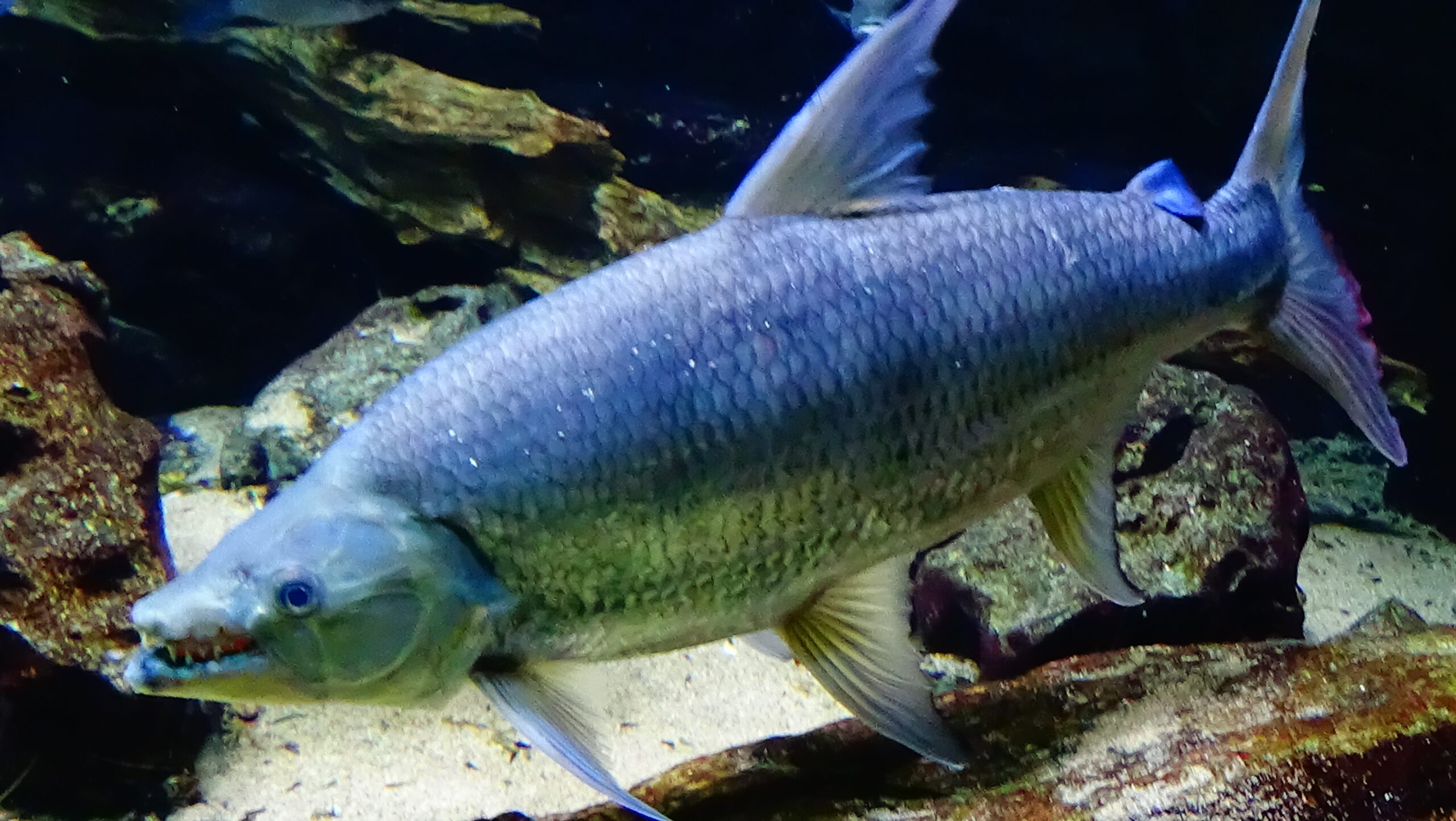
The Congo River hosts over 700 fish species, with new discoveries still being made by scientists. The Goliath tigerfish (Hydrocynus goliath) stands as the river’s most infamous predator, with specimens reaching over 110 pounds and possessing 32 teeth that each measure up to one inch long. The vundu catfish (Heterobranchus longifilis) can grow to lengths exceeding 5 feet and weights over 130 pounds, making it Africa’s largest catfish species. Lesser-known but equally fascinating species include the elephant-nosed fish (Gnathonemus petersii) with its unusual electrical sensing abilities, and the Congo bichir (Polypterus congicus), an ancient fish with primitive lungs that can breathe air. Each species presents unique fishing challenges, from the aggressive strikes of the tigerfish to the powerful deep-water fights of the vundu.
Essential Safety Preparations
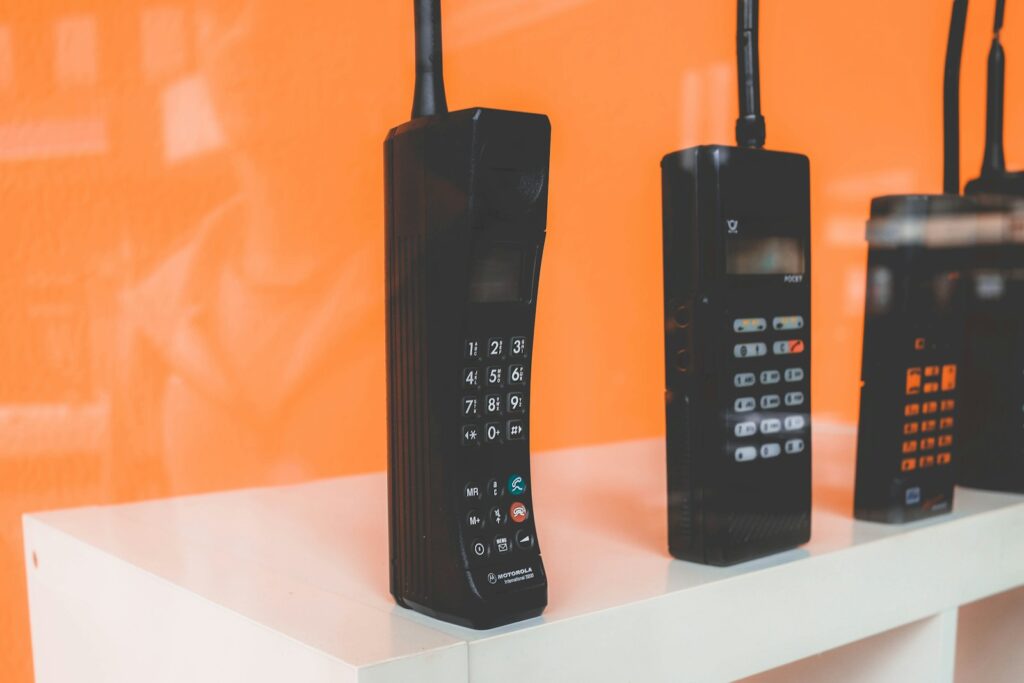
Fishing the Congo River requires meticulous safety planning due to both environmental and geopolitical challenges. Medical preparations should include vaccinations for yellow fever, typhoid, meningitis, and updated tetanus shots, plus antimalarial medications and a comprehensive first aid kit including antibiotics. Communication safety means carrying satellite phones or emergency beacons, as cellular service is unreliable in remote areas. Always register your travel plans with your country’s embassy in the DRC or Republic of Congo. Water safety equipment must include personal flotation devices for everyone, regardless of swimming ability, as even strong swimmers can be overwhelmed by the Congo’s powerful currents. Finally, hire experienced local guides who understand not just the fishing grounds but also how to navigate regional security situations safely.
Selecting Appropriate Fishing Gear
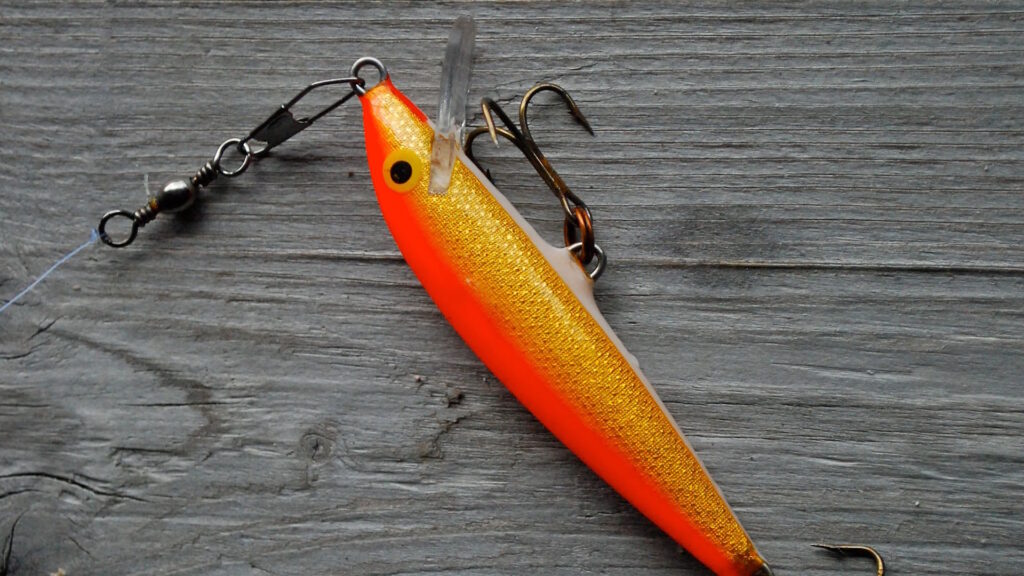
The ferocious predators of the Congo demand specialized heavy-duty equipment that can withstand both their power and the harsh environment. For tigerfish, anglers should use heavy spinning or baitcasting setups with rods rated for 20-40 pound test and reels with smooth, reliable drag systems capable of handling sudden, violent strikes. Steel or titanium leaders are absolutely essential, as tigerfish can easily slice through monofilament or fluorocarbon with their razor-sharp teeth. When targeting giant catfish species like the vundu, heavy conventional tackle similar to what’s used for marlin or tuna is appropriate, with 80-130 pound braided line. Always pack redundant equipment, as repairs or replacements will be impossible to find once on the river. Specialized lures that mimic local baitfish, particularly those with red or silver coloration, have proven effective for tigerfish.
Best Fishing Seasons and River Sections
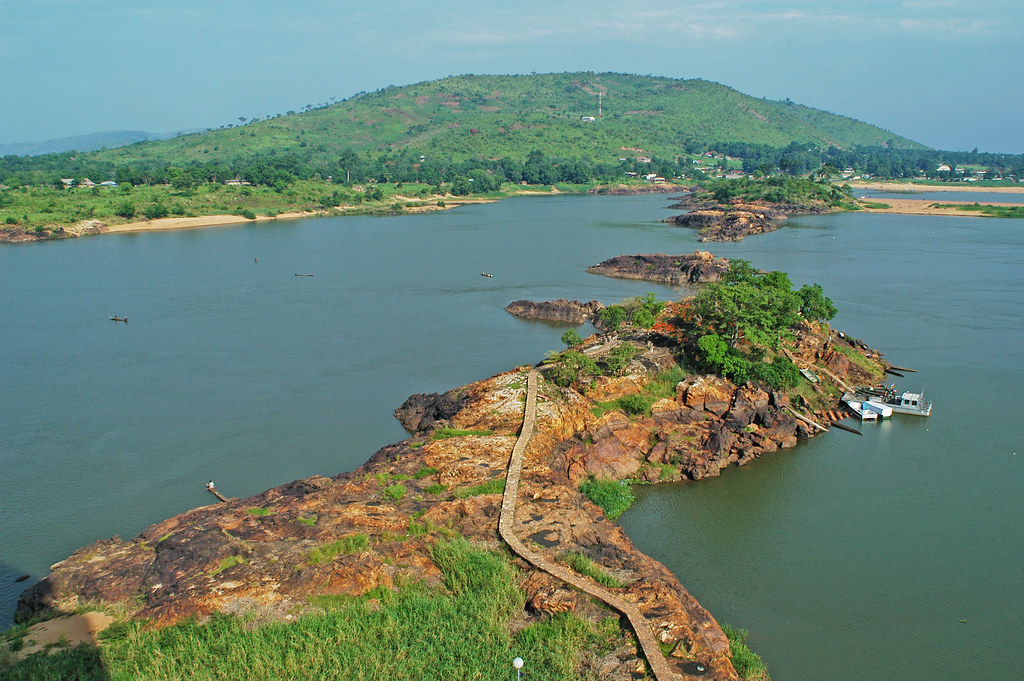
The optimal fishing season on the Congo River generally runs from June through September, during the dry season when water levels are lower and more predictable. This period offers better visibility, more accessible fishing spots, and generally safer conditions for boat navigation. The middle sections of the river, particularly around Kisangani and downriver toward Mbandaka, offer some of the best fishing for tigerfish and other large predatory species. The river’s tributaries, such as the Kasai and Ubangi Rivers, often provide excellent fishing opportunities with somewhat calmer conditions than the main channel. For the truly adventurous, the sections containing rapids and falls create oxygen-rich environments where predators often congregate, though these areas require experienced guides and extreme caution. Avoid fishing during the peak rainy season (October to May) when flooding can make conditions unpredictable and dangerous.
Hiring Local Guides and Support Staff
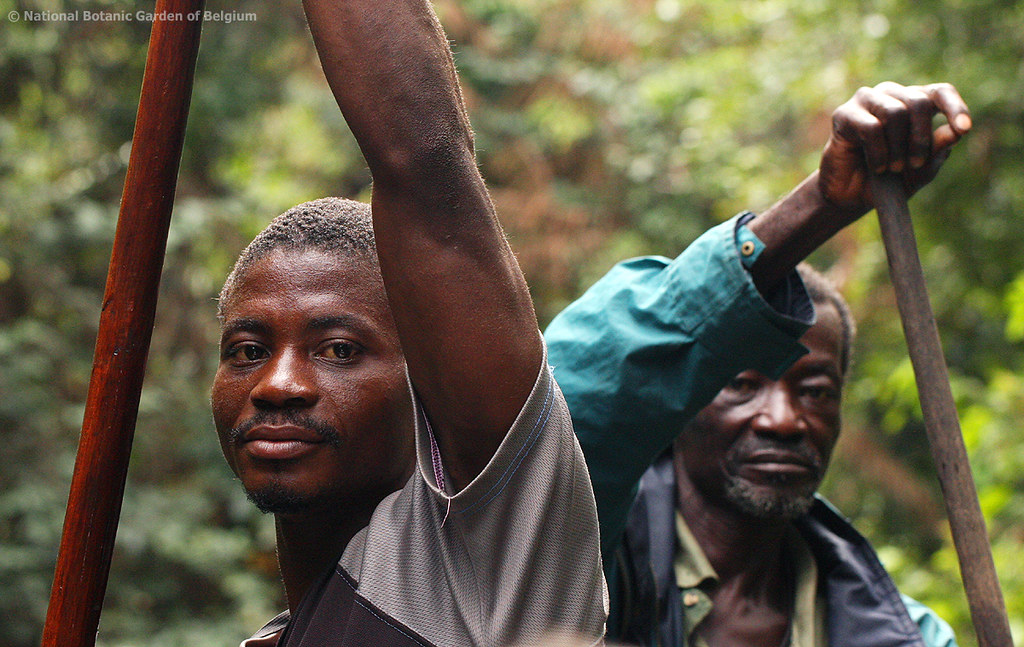
Attempting to fish the Congo River without local expertise isn’t just foolhardy—it’s potentially deadly. Reputable fishing guides typically charge $200-500 per day depending on the expedition’s scope, but this investment is non-negotiable for safety and success. Look for guides with verifiable references from previous international clients and clear knowledge of multiple river sections. Beyond fishing knowledge, quality guides provide crucial cultural mediation with riverside communities and understand regional security dynamics. Support staff should include boat handlers specifically experienced with Congo River navigation, as its powerful currents and submerged hazards demand specialized skills. When selecting guides, prioritize those who demonstrate conservation ethics and respect for local fishing regulations, as they’re more likely to provide a responsible experience. Establish clear communication about expectations, particularly regarding catch-and-release practices, before booking.
Sustainable Fishing Practices
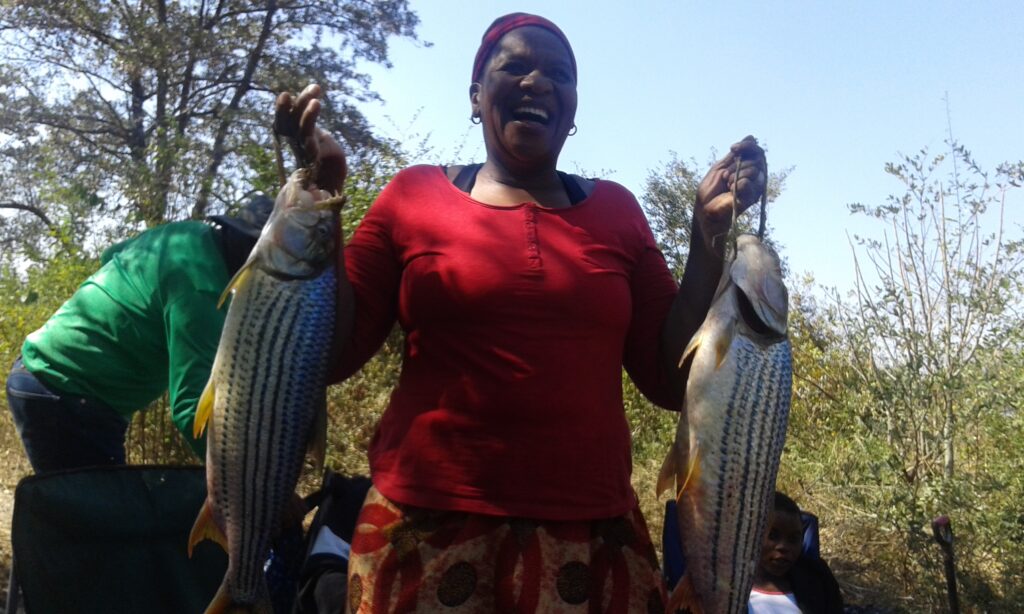
The Congo River’s ecosystem faces mounting pressures from overfishing, pollution, and habitat destruction, making sustainable angling practices essential for visiting fishermen. Catch-and-release should be the default approach, particularly for large breeding-age specimens of slow-growing species like the Goliath tigerfish and vundu catfish. When handling fish intended for release, minimize air exposure, use barbless hooks whenever possible, and employ proper fish handling techniques—support large fish horizontally rather than vertically to prevent internal organ damage. Photograph catches quickly and return them to the water promptly, reviving them by gently moving them forward in the current until they swim away strongly. If harvesting fish for consumption, take only what you’ll personally eat and focus on more abundant species rather than apex predators. Never exceed local catch limits, which exist to protect the river’s delicate balance even if enforcement may be limited in remote areas.
Navigating Cultural Sensitivities
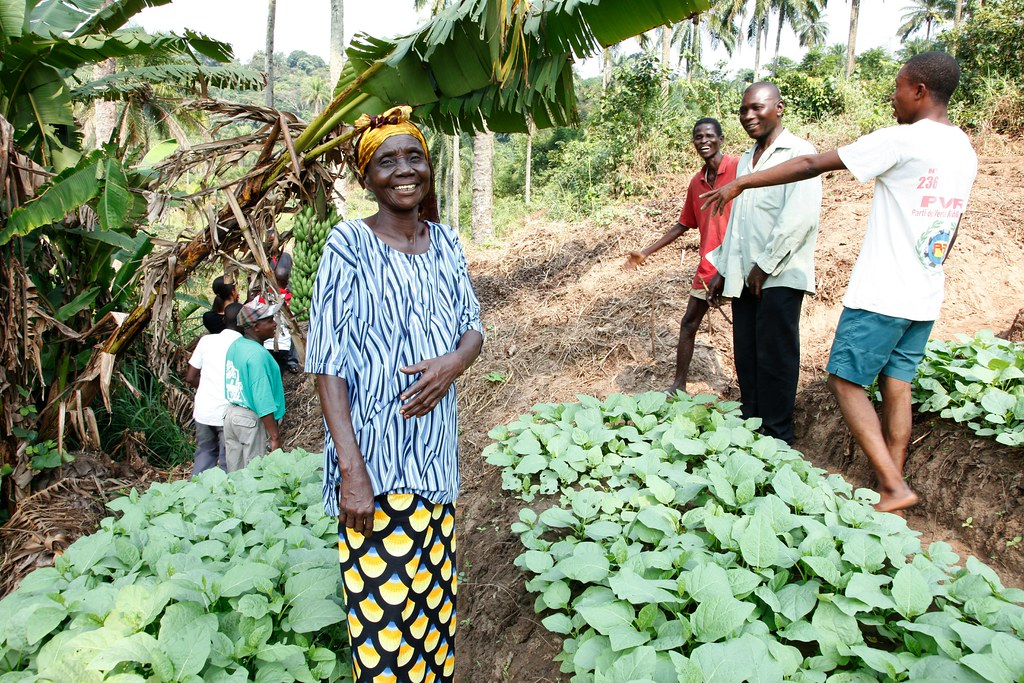
The Congo River basin is home to hundreds of distinct ethnic groups, each with their own customs, beliefs, and relationships to the river and its fish. Many communities hold specific fish species as culturally significant or even sacred, particularly large catfish species in some regions. Before fishing in areas near villages, visitors should always seek permission from local authorities or village elders, which your guide can help facilitate. Offering small gifts or purchasing local goods creates goodwill and contributes to the local economy. Photographing people without permission is considered deeply disrespectful in many Congolese cultures, so always ask before taking pictures. Understanding that fishing isn’t just recreation but essential livelihood for riverside communities helps visitors maintain appropriate perspective and respect. In some areas, participating in traditional fishing ceremonies or rituals may be welcomed if approached with genuine respect and interest.
Health and Environmental Hazards
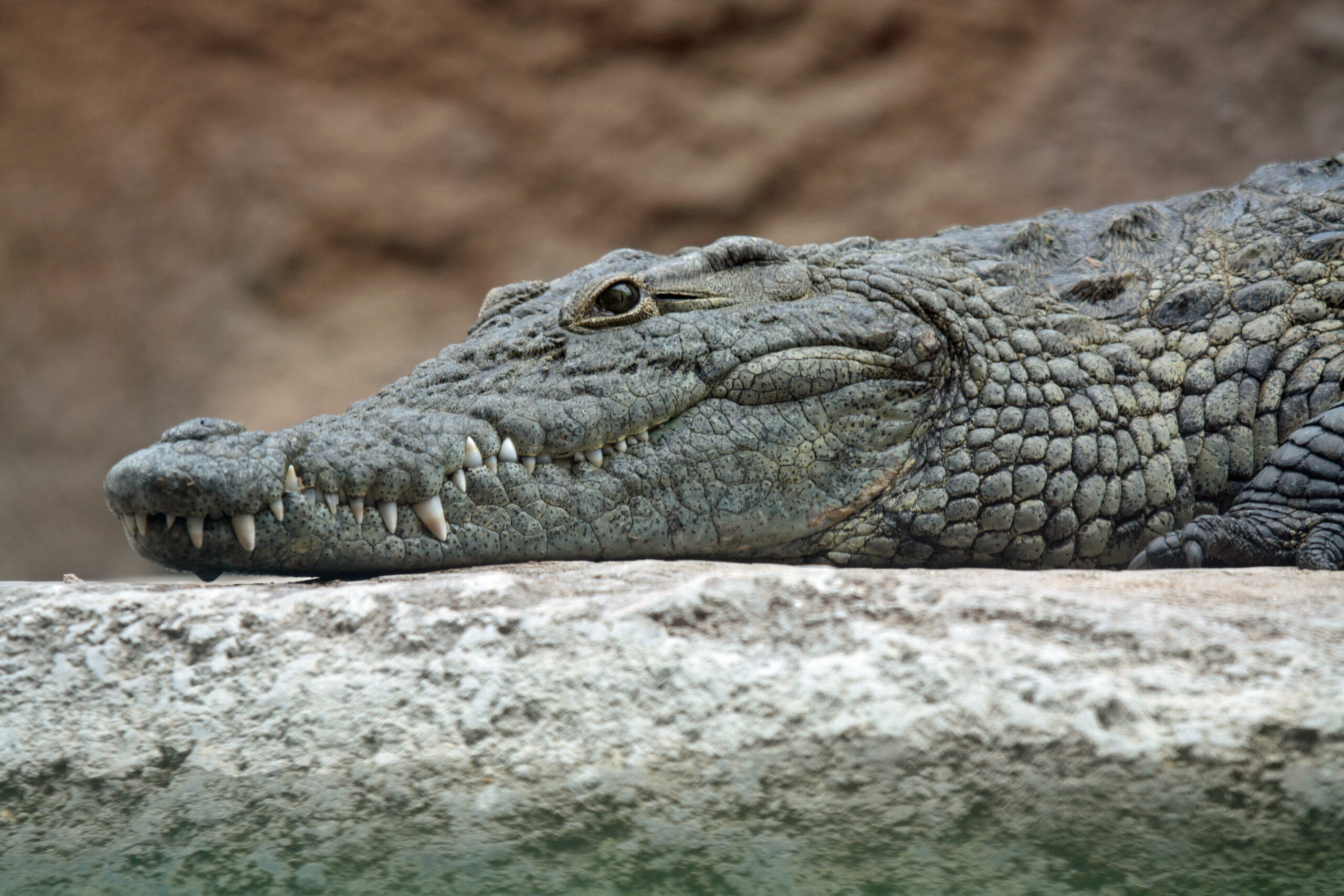
The Congo River basin presents numerous health challenges beyond the obvious dangers of its powerful waters. Insect-borne diseases represent the most common health threat, with malaria being endemic throughout the region and requiring diligent prevention through medication, protective clothing, and repellents containing DEET. Bilharzia (schistosomiasis), a parasitic disease transmitted through freshwater snails, necessitates avoiding skin contact with river water whenever possible, particularly in slow-moving sections. The river contains several hazardous wildlife species besides its famous fish, including Nile crocodiles, forest elephants that sometimes visit riverbanks, and venomous snakes such as Gaboon vipers and black mambas. Waterborne bacteria and viruses can cause severe gastrointestinal illness, so all drinking water must be purified regardless of source, and even washing dishes requires treated water. Heat exhaustion and sunstroke pose significant risks given the equatorial climate, requiring consistent hydration and sun protection.
Transportation and Logistics
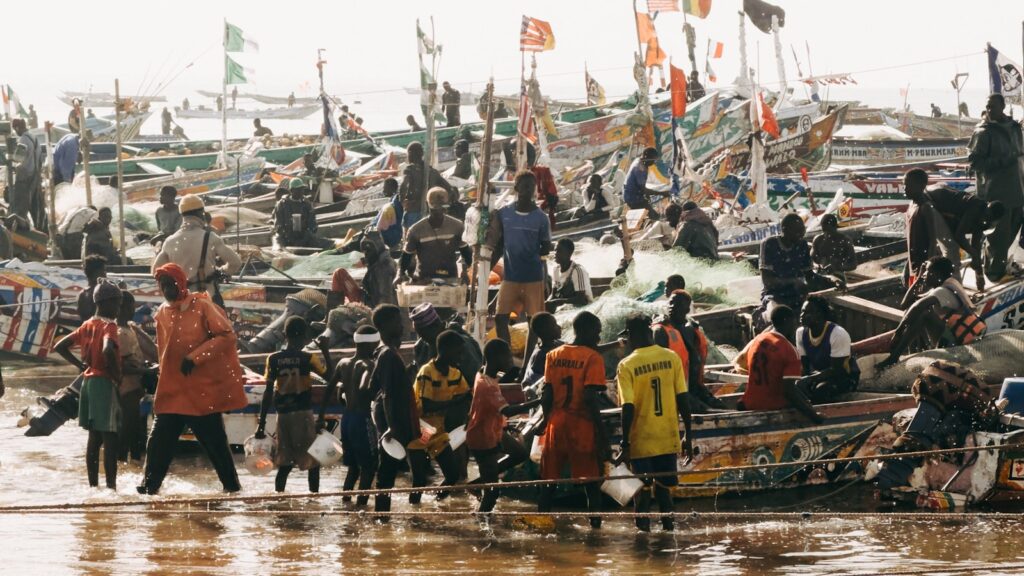
Accessing prime fishing locations on the Congo River typically requires complex, multi-stage transportation planning. Most international travelers enter through Kinshasa (DRC) or Brazzaville (Republic of Congo), followed by smaller aircraft to regional cities like Kisangani or Mbandaka. From these secondary hubs, river travel becomes the primary mode of transportation, usually in specialized fishing boats or modified local vessels equipped with outboard motors. Fuel availability is inconsistent in remote areas, necessitating carrying substantial reserves calculated with generous safety margins. Equipment transport requires waterproof containers and redundant protection against both moisture and rough handling during multiple transfers. Entry permits and fishing licenses must be arranged well in advance, as bureaucratic procedures can be time-consuming and complex. Working with established expedition companies provides valuable logistical support, though thorough research into their safety record and environmental practices is essential before booking.
Ethical Photography and Documentation
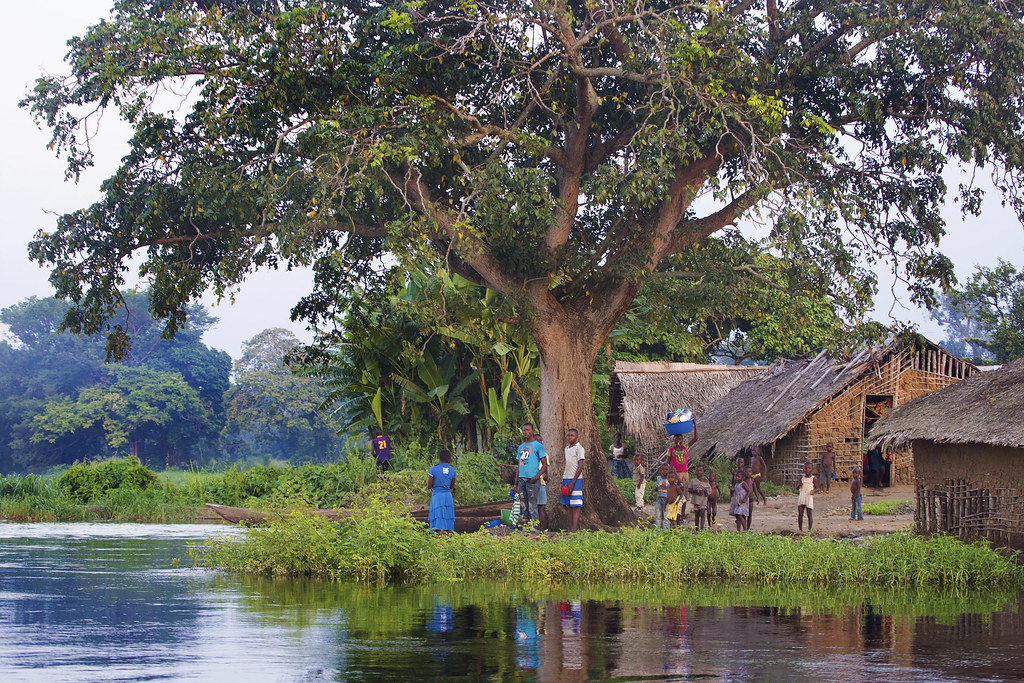
Documenting Congo River fishing experiences requires balancing the desire for impressive images with ethical considerations toward both fish and local communities. When photographing catches, minimize handling time by having camera equipment ready before landing fish, and keep fish in the water whenever possible, lifting them briefly only when necessary for quick photos. Avoid harmful fish-holding techniques like gill or eye grips that can damage delicate tissues, instead supporting large fish horizontally. When photographing local people, always obtain clear permission first, preferably through your guide as interpreter if language barriers exist. Consider offering printed photographs to subjects when you return home as a gesture of reciprocity. Be mindful that some traditional communities may have cultural restrictions regarding photography, particularly around ceremonial activities or sacred sites. Sharing your documentation responsibly after your trip can help promote conservation awareness while respecting the dignity of both the river’s inhabitants and its fish.
Emergency Preparedness and Response
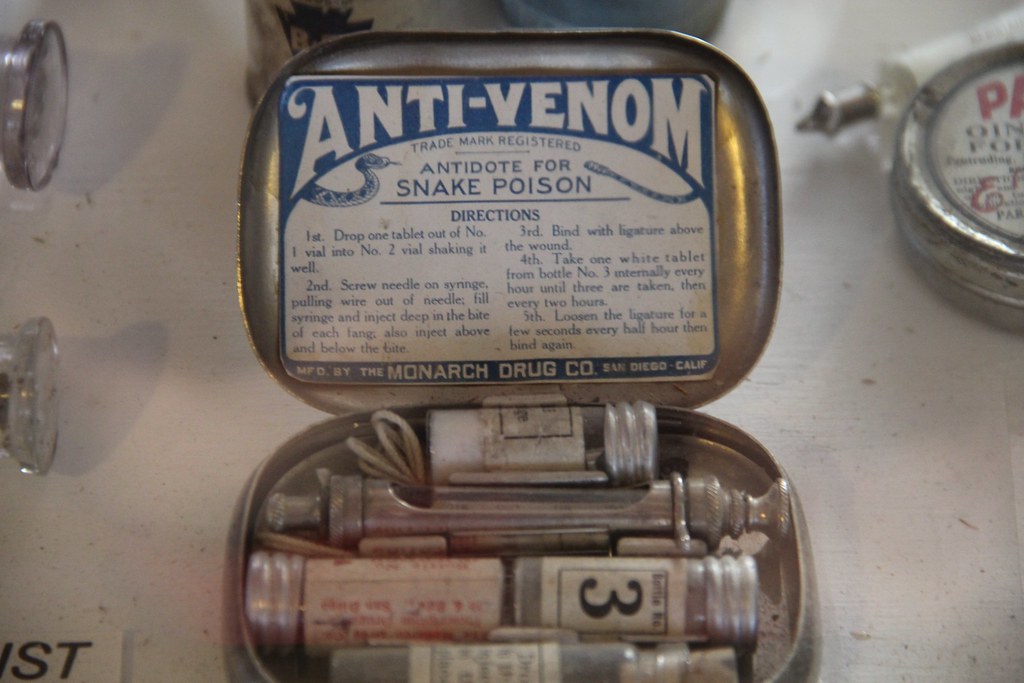
The remote nature of Congo River fishing demands comprehensive emergency planning beyond what most fishing trips require. Develop a detailed emergency communication plan including regular check-in schedules with contacts outside your expedition, predetermined emergency phrases or codes, and multiple backup communication methods. Carry comprehensive medical supplies including broad-spectrum antibiotics, anti-venom kits for snake bites (if available), and materials for treating traumatic injuries like lacerations or fractures. Establish evacuation procedures before departure, identifying potential extraction points along your route where medical evacuations could occur if necessary. Purchase comprehensive travel insurance that specifically covers high-risk activities and remote evacuation, confirming that the Congo is not excluded from coverage. Document everyone’s blood types, allergies, and medical conditions in waterproof documentation carried by multiple team members, and ensure at least two people in your group have wilderness first aid training.
Respecting Legal Regulations
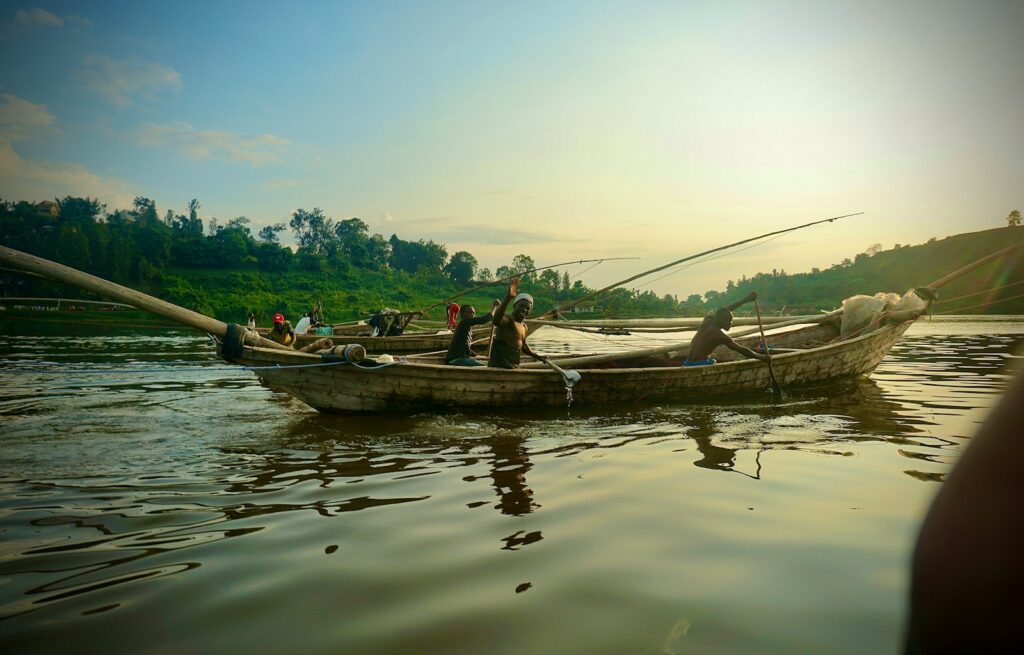
Navigating the legal framework for fishing in the Congo River involves understanding regulations that may be poorly documented or inconsistently enforced but remain important for responsible angling. Both the Democratic Republic of Congo and the Republic of Congo require fishing permits for visiting anglers, though the application process and fees vary between countries and can change without notice. Protected species designations exist for certain fish, though lists may not be readily available; knowledgeable guides can provide current information on which species cannot be targeted or must be released. Some river sections fall within national park boundaries or other protected areas with additional restrictions, particularly in tributaries flowing through reserves. Size and bag limits exist primarily to protect juvenile fish and breeding stock, though enforcement capacity is limited in remote areas, making self-regulation by visiting anglers essential. Despite occasional enforcement challenges, violations can result in substantial fines, equipment confiscation, or even detention.
Future of Congo River Conservation
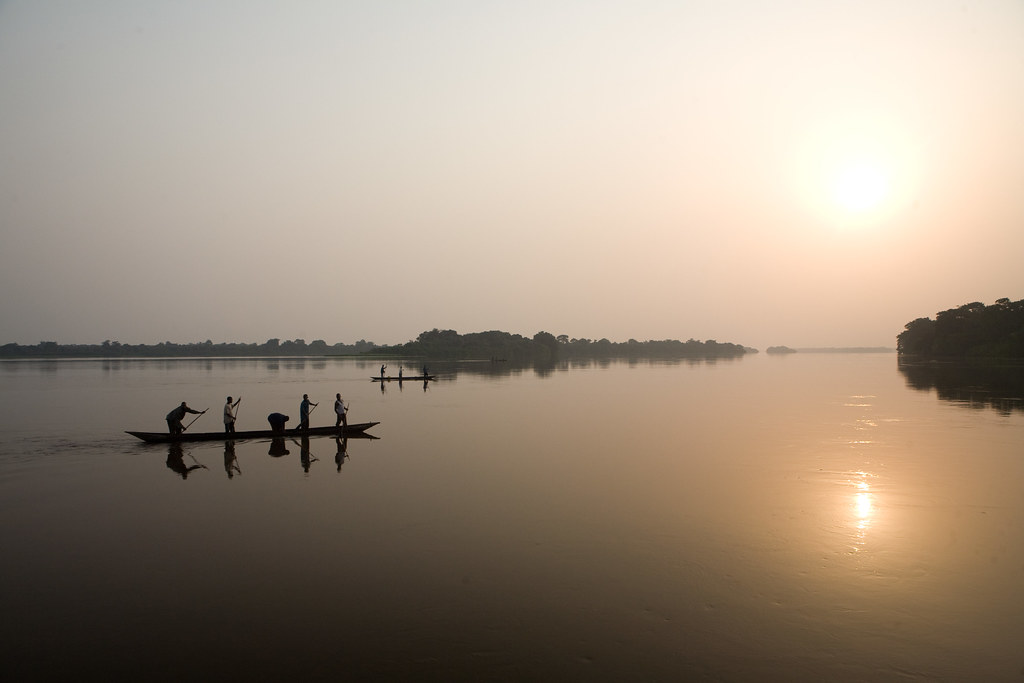
The Congo River faces mounting conservation challenges that responsible anglers can help address through awareness and advocacy. Hydroelectric dam proposals threaten to fragment river habitats and disrupt the natural flow cycles essential for many species’ breeding patterns, particularly in the lower Congo where several endemic species exist nowhere else on Earth. Climate change increasingly affects rainfall patterns across the basin, altering traditional flood cycles that fish populations have evolved to depend upon. Deforestation in the watershed increases sedimentation and pollution while reducing the forest cover that moderately’s the region’s climate. Sport fishing, when managed responsibly, can actually contribute to conservation by providing economic incentives for protecting fish stocks rather than overharvesting them commercially. International angling tourism, though still developing, represents a potential sustainable revenue source that could help fund increased research, monitoring programs, and conservation enforcement throughout the basin.
The Congo River represents the ultimate frontier for adventurous anglers, offering encounters with some of the most spectacular freshwater fish on the planet. However, this privilege comes with substantial responsibilities. Fishing these waters demands thorough preparation, unwavering safety consciousness, cultural sensitivity, and a deep commitment to conservation principles. As one of Earth’s most biodiverse yet vulnerable aquatic ecosystems, the Congo deserves visitors who approach it with both respect and awe. For those willing to invest the necessary time, resources, and ethical consideration, the rewards extend far beyond merely catching fish—they include participating in a growing community of conservation-minded anglers helping to protect this extraordinary river for future generations. In pursuing the river monsters of the Congo, the greatest achievement isn’t measured by size or species, but by doing so in a manner that leaves both the ecosystem and its human communities healthier for your visit.
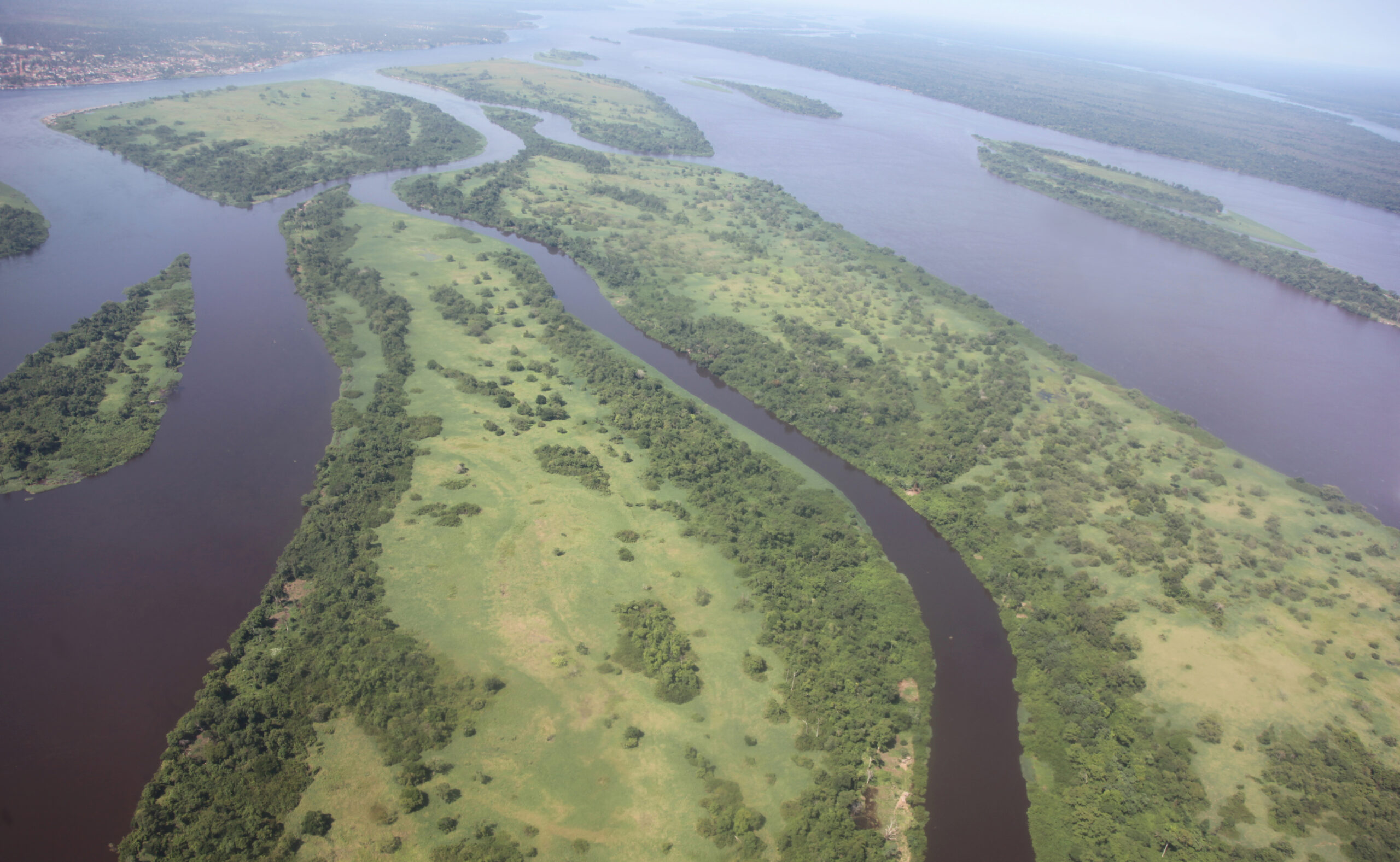
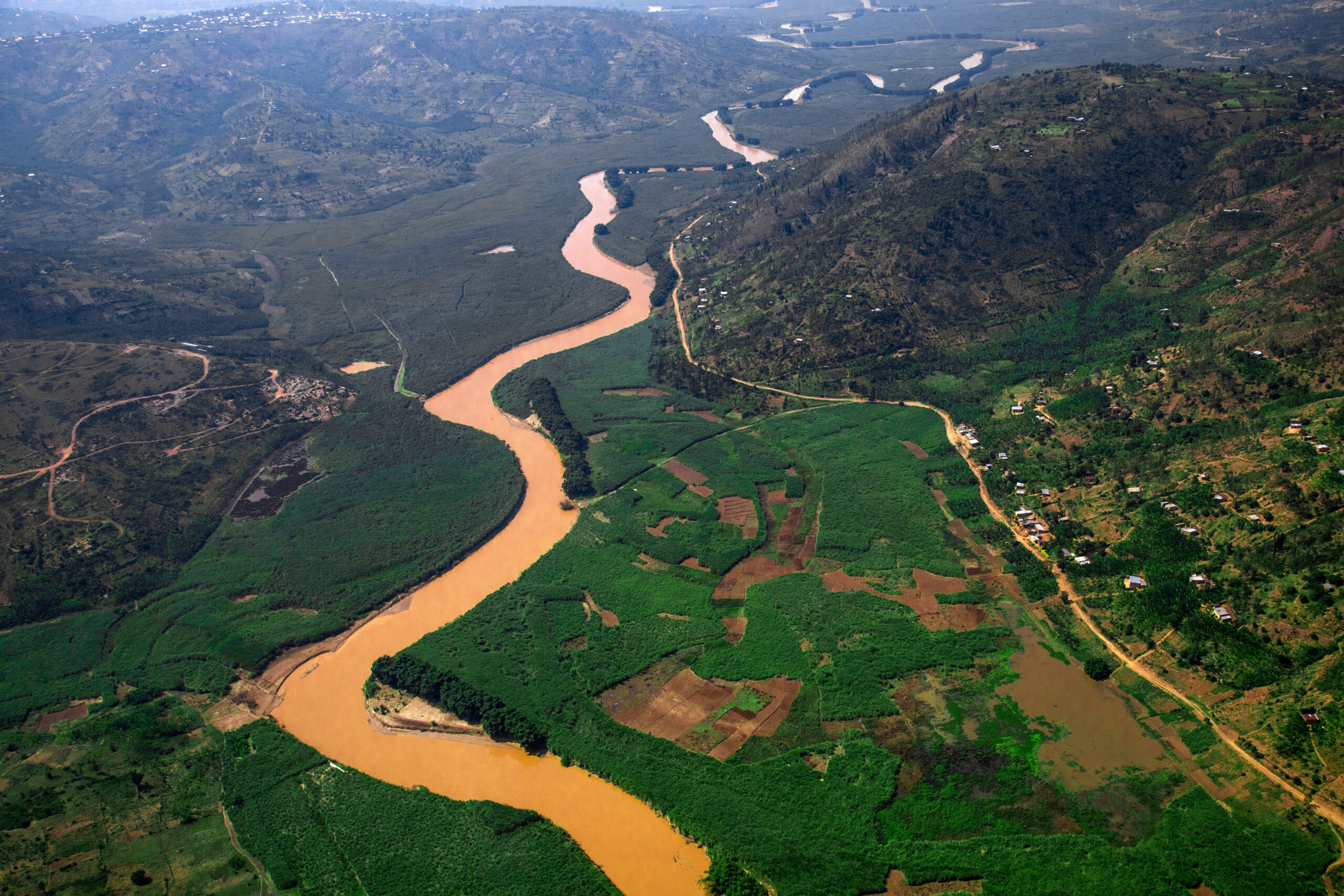
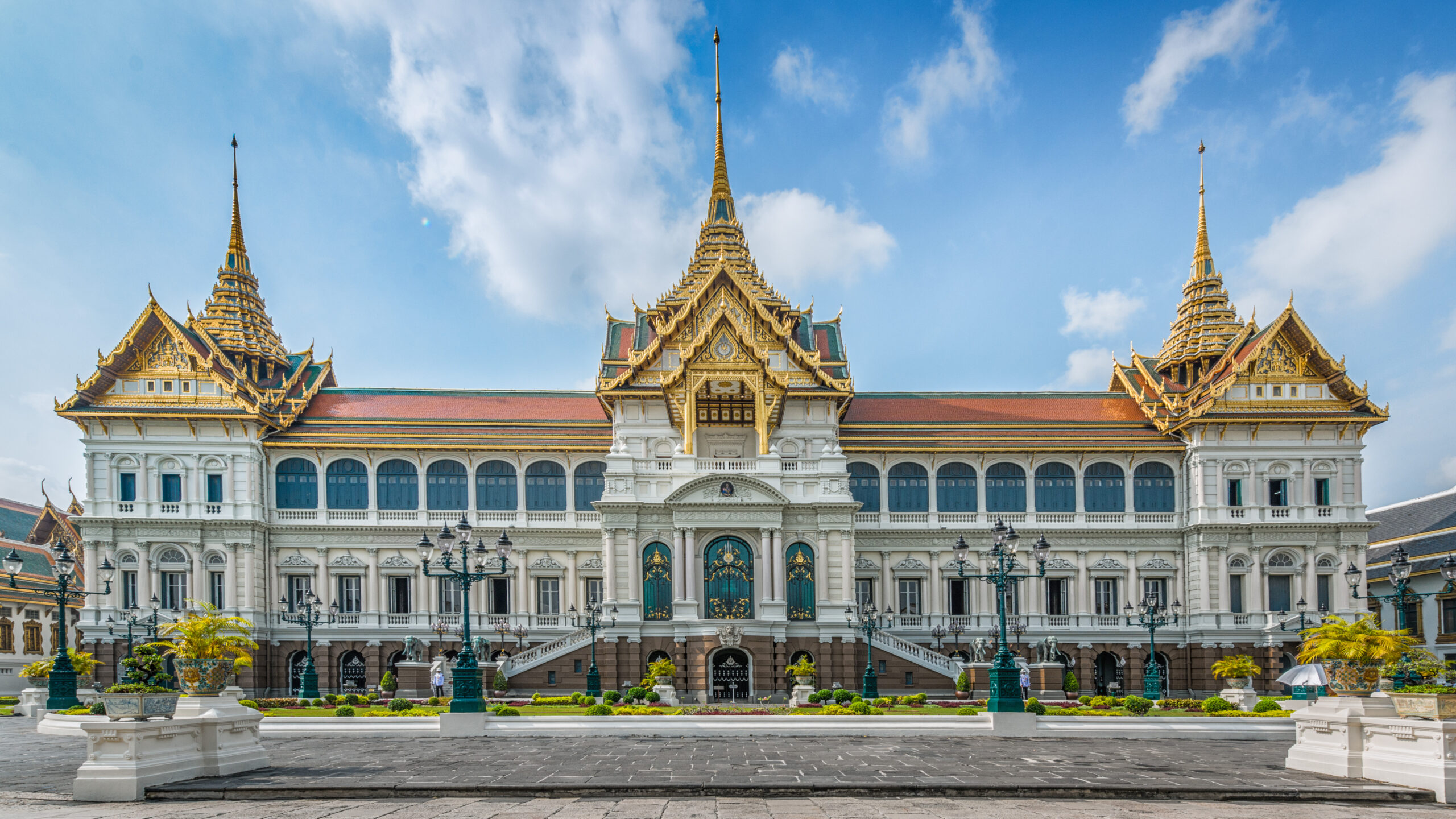
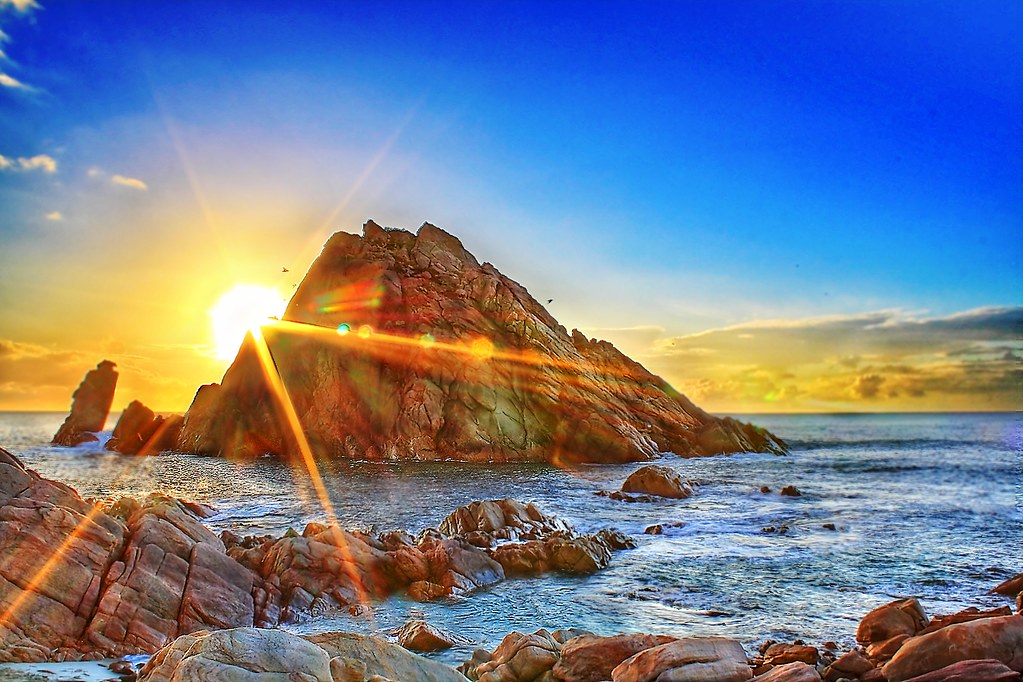
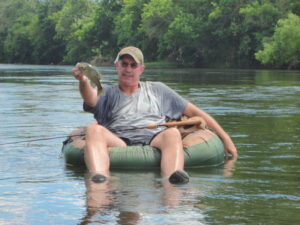
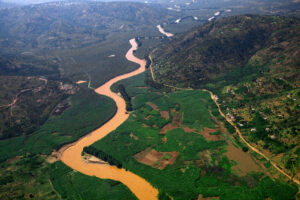








Post Comment